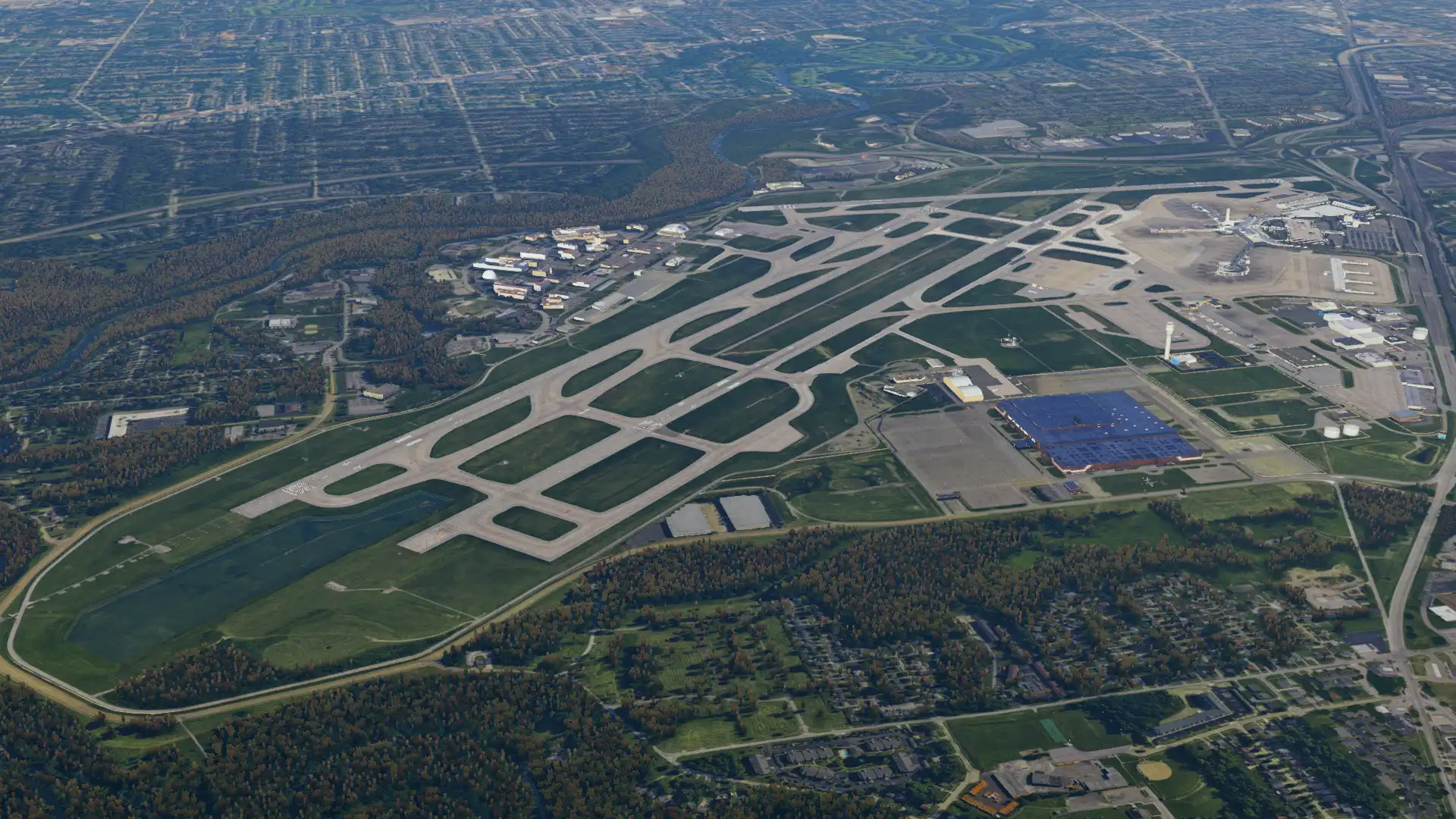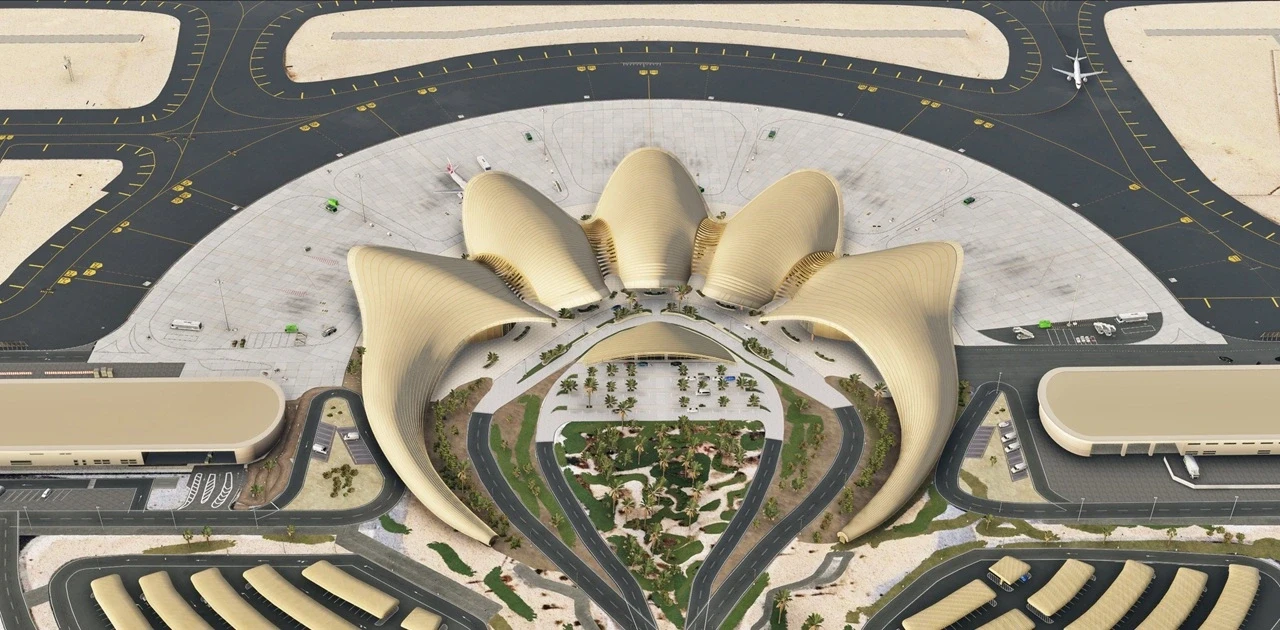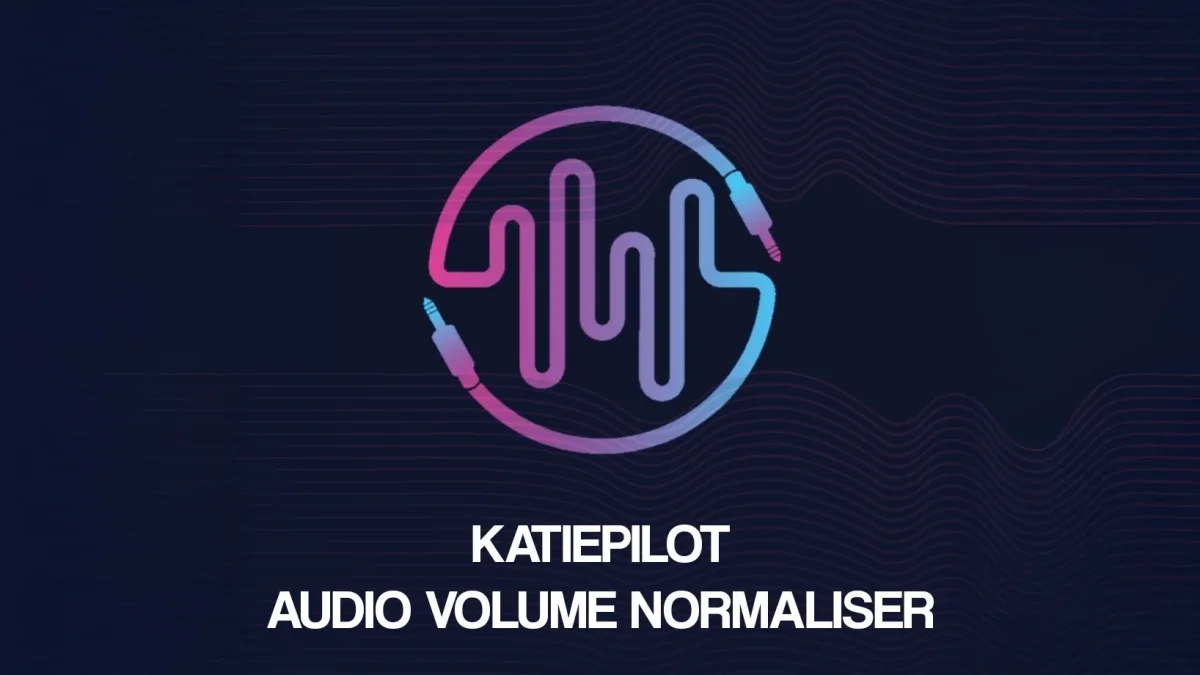Learning about Systems and Sound in Microsoft Flight Simulator with FlyByWire Simulations
January 3, 2021
Developer
FlyByWire Simulations’ A32NX has quickly grown into one of the flight simulation community’s most prized freeware modifications, so much so that since our last article just a week ago, their community chat server has grown by over 3,000 members.
Threshold sat down with some just a few of the project’s contributors, including leaders in the visual, systems and sound departments. In this three part series, we aim to give some insight into the inner workings of FlyByWire Simulations, how they came to be and where they’re going in the future.
In the first instalment, we spoke with Iceman, founder and leader of FlyByWire Simulations. You can read that article here.
In this, part two, we’re going in-depth on systems and sound with ThePilot and Boris, the leaders in their respective departments.
Part three will round out the series, where we’ll take a deep dive into visual modelling in Microsoft Flight Simulator, with a specific focus on the A32NX and A380X with developers Pleasure and DarkOfNova.

Let’s begin with sound - our subject matter expert in this department being Boris, who is in charge of audio at FlyByWire.
First question: how did you come to know about FlyByWire and start working with them?
>> Boris: I heard of this project in its early stages around late August, and saw that it had potential. I joined the Discord server and saw the sheer amount of progress being made. I wanted to contribute something to the project but didn’t know what. I noticed that the default A320neo sounds were not the best, so I decided that I would learn to use the correct software to improve them.
What do you think of the A320neo’s default sounds?
>> Boris: Due to Asobo not being able to actually rent an airliner and record sounds for it like they could for their GA aircraft, the A320neo default sounds are lackluster in every way. There are a lot of improvements to be made to them.
As a follow-up, what are the main areas where you hope to improve the A320’s sounds?
>> Boris: One of the main areas I am focusing on right now is engine sounds. The default engines sound like a cross between the CFM56 and the LEAP. My main goal for this time is to create realistic LEAP 1A-26 sounds to create an immersive experience.
What sound system does Microsoft Flight Simulator use (for example, in X-Plane, it’s possible to use FMOD), and how does one go about editing it?
>> Boris: Microsoft Flight Simulator uses Audiokinetic Wwise as its sound engine. There is Asobo documentation and tutorials online to learn to use this software.
Are there any specialized tools/software required for amateur sound editors to work to the level you are at?
>> Boris: Other than wwise, it would be recommended to have another sound editor, such as Adobe Audition or for beginners, Audacity.
Video: a recent clip of Boris' work on the PW engine sounds.
Finally, what do you hope to accomplish with this area of the aircraft in the future?
>> Boris: In the future, I would like to completely rework pretty much every sound in the plane. Also, in the future I plan to make other engine options other than the LEAP, including the PW1100G, CFM56, and IAE V2500.
An excellent write up of the current state of sound in Microsoft Flight Simulator, in addition to a great bit of insight into where the A32NX is headed in the future in this department. Thanks to Boris for giving up some of his time to contribute these answers!

Systems is the next topic in mind with the FlyByWire A32NX, where we’ve managed to speak with department head ThePilot about his work and the work of his wider team on the aircraft.
Starting on a more personal note, how did you learn about the FlyByWire project and how did you join them?
>> ThePilot: Well, I came across a Reddit post like a week after MSFS release, and like every other person I went ahead to download it. I stumbled across the Discord for this project and found out that it was open-source, and to create a study-level aircraft, no number of hands-on-deck is ever enough.
There’s been a lot of talk about the readiness of the Microsoft Flight Simulator SDK for complex aircraft like what FlyByWire are doing, especially in systems - have you found any areas where the SDK is limiting what you can do?
>> ThePilot: A better data interface is what every one of us is hoping for with the SDK. Weather, terrain, air traffic data API are lacking in the SDK, so that largely limits the functionality that can be improved for things like GPWS, TCAS, FWS, WX radar (things like predictive windshear and improving the overall WX API).
Additionally, are there any items you would really like added to the SDK in the future?
>> ThePilot: So the things mentioned above I suppose, and multithreading support for the WASM modules would definitely help improve performance.
Other sim platforms prefer the use of languages like C or C++. How is the A320NX coded? For people less technically literate, does your approach bring any advantages or disadvantages with it?
>> ThePilot: So personally, I prefer low-level languages like C and C++ purely because of performance. However, since MSFS has it compiled down to Web-Assembly modules, performance remains the same regardless of what language it was written in. For all of the displays, JavaScript, HTML, and SVG are actively used as it's better suited for the graphical work and quick iteration.
What are the main areas you are focusing on improving with the A32NX’s systems?
>> ThePilot: Pretty much every key system involved in a level of realism as close to study level as possible. This includes electrical, hydraulic, pneumatic, and other various systems.
As many of us have seen, you’ve recently been working on simBrief integration for the aircraft - are any other third party integrations planned?
>> Iceman: We have a couple of really exciting third-party integrations coming sometime in 2021. We aren’t allowed to share any further information at this time, but we can assure you it will be worth the wait.
What level of detail would you like to bring the A320NX up to in the future?
>> Iceman: Obviously the term that immediately comes to my mind would be “study-level,” but it seems that over time the community has come to realize that’s mostly a marketing term and there’s no way to objectively define that - especially since a desktop sim will simply never come close to replicating the sheer complexity of real airliner or even a level-D simulator.
Our goal is to take the A320 series as far as we’re able to. Ideally, this would mean replicating and perfecting all of the standard procedures you would encounter during a normal flight, as well as some important abnormal ones including failures. We’re trying to show people that freeware can definitely compete with, if not surpass, payware aircraft in fidelity.

That’s all for part two of our series about FlyByWire Simulations. We’d like to thank ThePilot and Boris for their excellent insight, working at what is the cutting edge of development for the new simulator.
In the final instalment of this series, we’ll take a deep dive into the visual department of the A32NX with two developers - Pleasure and DarkOfNova. Be sure to catch that article for yet more insight into the FlyByWire Simulations team.
You can view part one of our series, in which we interviewed project leader Iceman about the origins, present and future of FlyByWire.
Stay up to date on all the latest flight simulation news with Threshold. You can follow us on social media for up-to-the-minute information right in your news feed - on Facebook, Twitter or even on our Discord chat server.
Share this page
COMMENT ADVISORY:
Threshold encourages informed discussion and debate - though this can only happen if all commenters remain civil when voicing their opinions.






.webp)





